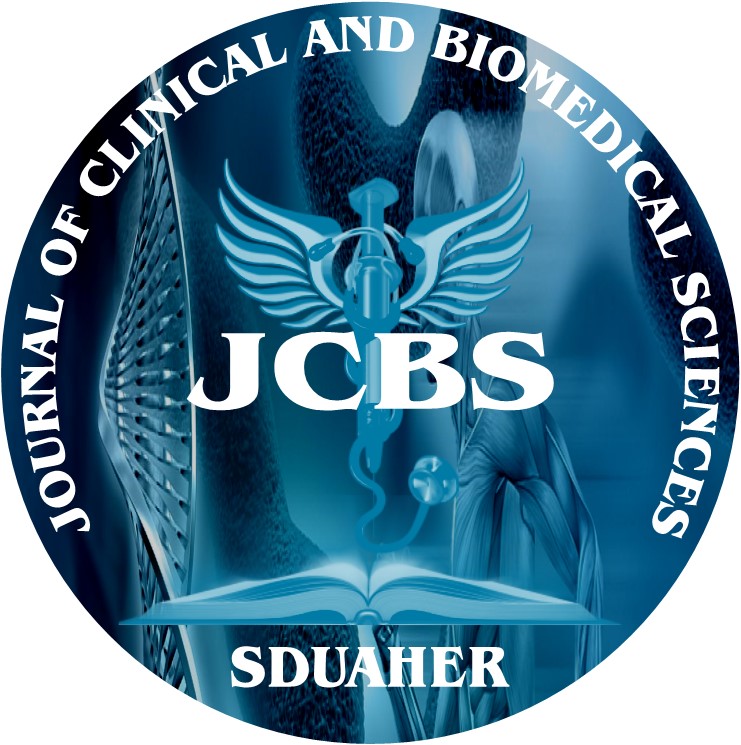


Journal of Clinical and Biomedical Sciences
Year: 2013, Volume: 3, Issue: 1, Pages: 3-11
Review Article
Bhaskaran A, Ambikavathy M
Department of Surgery, Sri Devaraj Urs Medical College, Kolar
*Corresponding Author
Email: [email protected]
Incisional hernia is one of the most common postoperative complications seen following abdominal surgery leading to poor quality of life and high treatment costs. With various operative techniques employed for wound closure of laparotomy incisions, the earlier reported incidence of incisional hernia of 3% after laparoscopic surgery and 15% after open surgery still occurs. Clarification regarding the type of mesh and its positioning and operative methods of open surgery and laparoscopic repair needs to be addressed. In addition to surgical closure techniques, patient's risk factors also influences surgical outcome following wound closure. Methods: An internet database search of Medline/pubmed/cochrane was used to retrieve articles of retrospective and cohort studies related to incisional hernia. A systematic review of incisional hernia related to its etiology, pathogenesis, treatment and complications was undertaken. Results: Age, gender and risk factors such as diabetes, smoking, anaemia, old age, etc, contribute for development of primary and recurrent incisional hernia. Although complete prevention of development of incisional hernia is not possible, repair of hernia by replacement of simple suture technique with that of mesh reinforcement has shown better long term results and patient satisfaction. Conclusion: For management of incisional hernia the available evidence have been favourable for good quality long term results with mesh repair techniques. Further randomized trials/comparative studies are recommended for comparison of conservative management and surgical repair techniques.
Key words: Incisional hernia, Pathophysiology, Mesh repair
Subscribe now for latest articles and news.